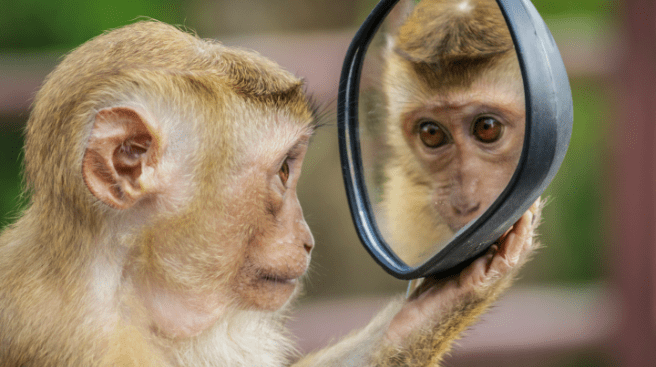
Exploring Animals’ Behaviors with The Best Leadership
Reading Time: 3 minutesExploring animals’ behaviors with the best leadership is an enlightening journey into understanding how effective leadership influences the behavior of various animal species. Did you know that animals, both in the wild and domestic setting, exhibit forms of leadership and control within their social structures? Let’s explore the ways in which their behaviors are both distinct from and similar to those of human beings. In general, animals do not have heads and leaders in the same way human societies do. While some animal species exhibit hierarchical structures or social organizations. These are fundamentally different from human leadership and governance. Interestingly, in African cultures, there is a tradition of using sarcasm to describe certain human characteristics or behavior by drawing comparisons to animals, particularly wild animals for example ” Kimaketiani”. This cultural practice highlights the unique and diverse ways in which different societies perceive and describe human traits and actions through the lens of the natural world. Let’s explore some ways in which certain animals’ behaviors and characteristics can be similar to human beings: In social structures, animal species such as dolphins, exhibit complex social structures that involve cooperation, communication, and group living. These social structures can sometimes resemble human communities in terms of cooperation and shared responsibilities. Parental care. Many animals, like mammals and some birds, provide parental care to their offspring. They nurture, protect, and teach their young, demonstrating a sense of responsibility and emotional connection, similar to human parenting. Absolutely, problem-solving is not exclusive only to humans. Animals do possess impressive problem-solving skills. Animals like octopuses and some birds exhibit remarkable problem-solving abilities. They can navigate mazes, manipulate objects, and devise strategies to obtain rewards, paralleling human problem-solving skills Moreso, some animals display emotions like joy, fear, and empathy. Elephants mourn their dead, dogs express happiness when reunited with loved ones, and dolphins show empathy for injured pod members. This suggests emotional similarities with human beings. Another interesting aspect is self-awareness. Dolphins, elephants, and great apes, exhibit signs of self-awareness. They can recognize themselves in mirrors, indicating a level of self-consciousness kin to humans. Other factors to consider include the use of tools, and cultural practices, particularly evident in chimpanzees, as well as the remarkable ability to adapt to their environment. READ ALSO: Animals’ hierarchies and structures Hierarchical structures are prevalent in the animal kingdom. For instance, wolves, elephants, and certain primates live in social groups with hierarchies. Within these groups, each individual often assumes different roles or statuses, but these positions are typically determined by factors such as age, size, strength, or other inherent characteristics, rather than being based on elected or appointed leadership roles. In contrast, human leadership can be developed through training or maybe an innate quality in some individuals. While there are similarities in the sense that both animals and humans have hierarchical structures. It’s intriguing to compare the leadership skills of new generations with those of the old, as this can shed light on how leadership evolves and adapts over time. Dominance hierarchy is another prevalent in many animal groups. In these hierarchies, individuals establish their social ranks through various behaviors, including aggression and submission. The dominant individuals may enjoy preferential access to resources like food and mates. This is most seen in our domestic dogs and cows during the feeding time. This dominance does not equate to human leadership in a political or societal sense Communication and cooperation are essential for many animals to thrive within their social groups. While some individuals may exhibit leadership qualities in specific situations. It’s important to distinguish this from human-style leadership. For instance, in scenarios such as flocks of birds, one individual may lead the group in flight, but this leadership is situational and does not encompass governances or decision-making beyond that particular context. In conclusion, animals may exhibit forms of hierarchy and social organization. Their structures and behaviors are driven by instincts, biology, and survival strategies rather than the complex social, political, and cultural systems found in human societies. Animals do not have leaders in the same way humans have in political leaders and their leadership roles are generally based on physical attributes or experiences rather than elected or appointed.





